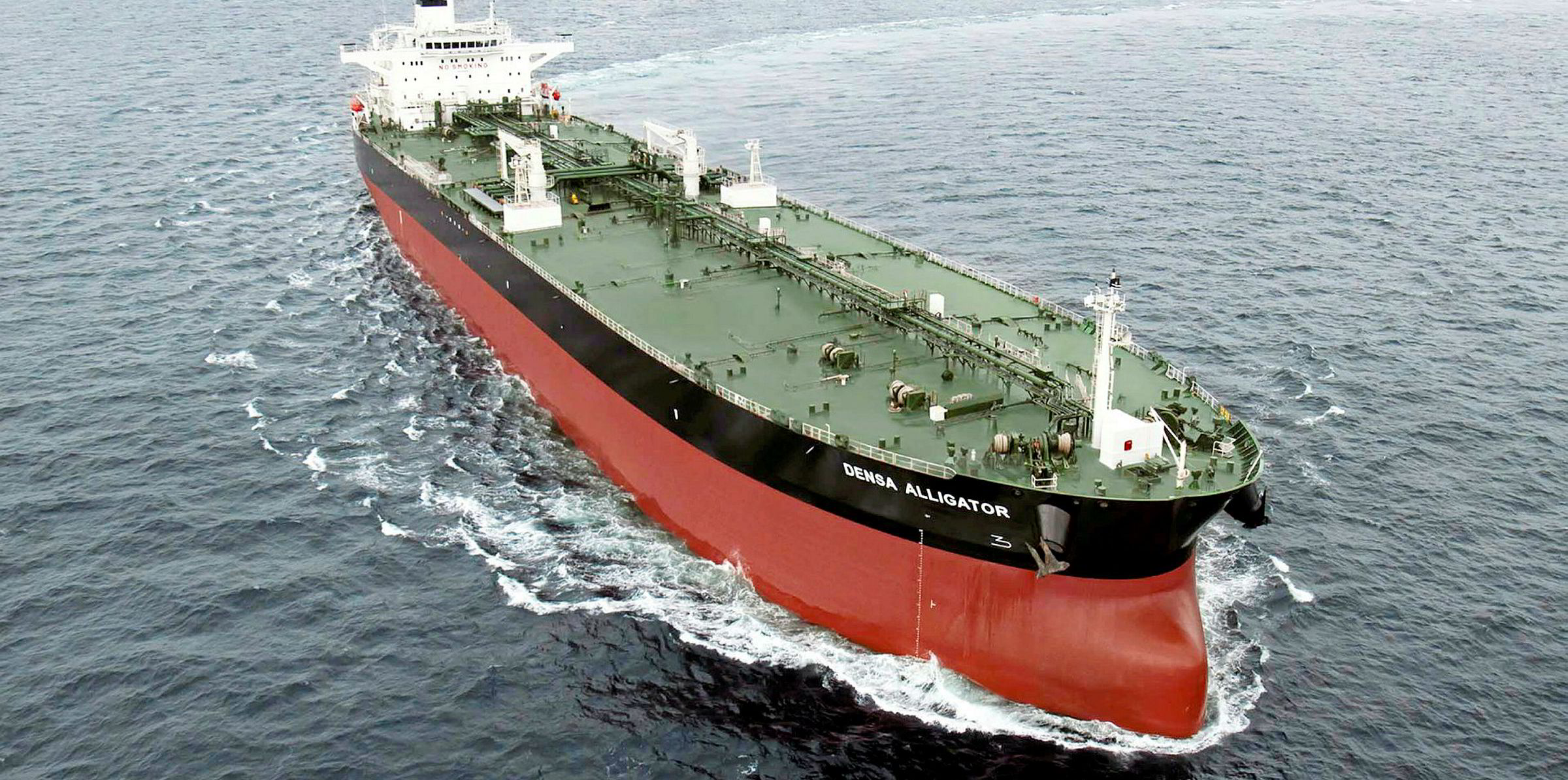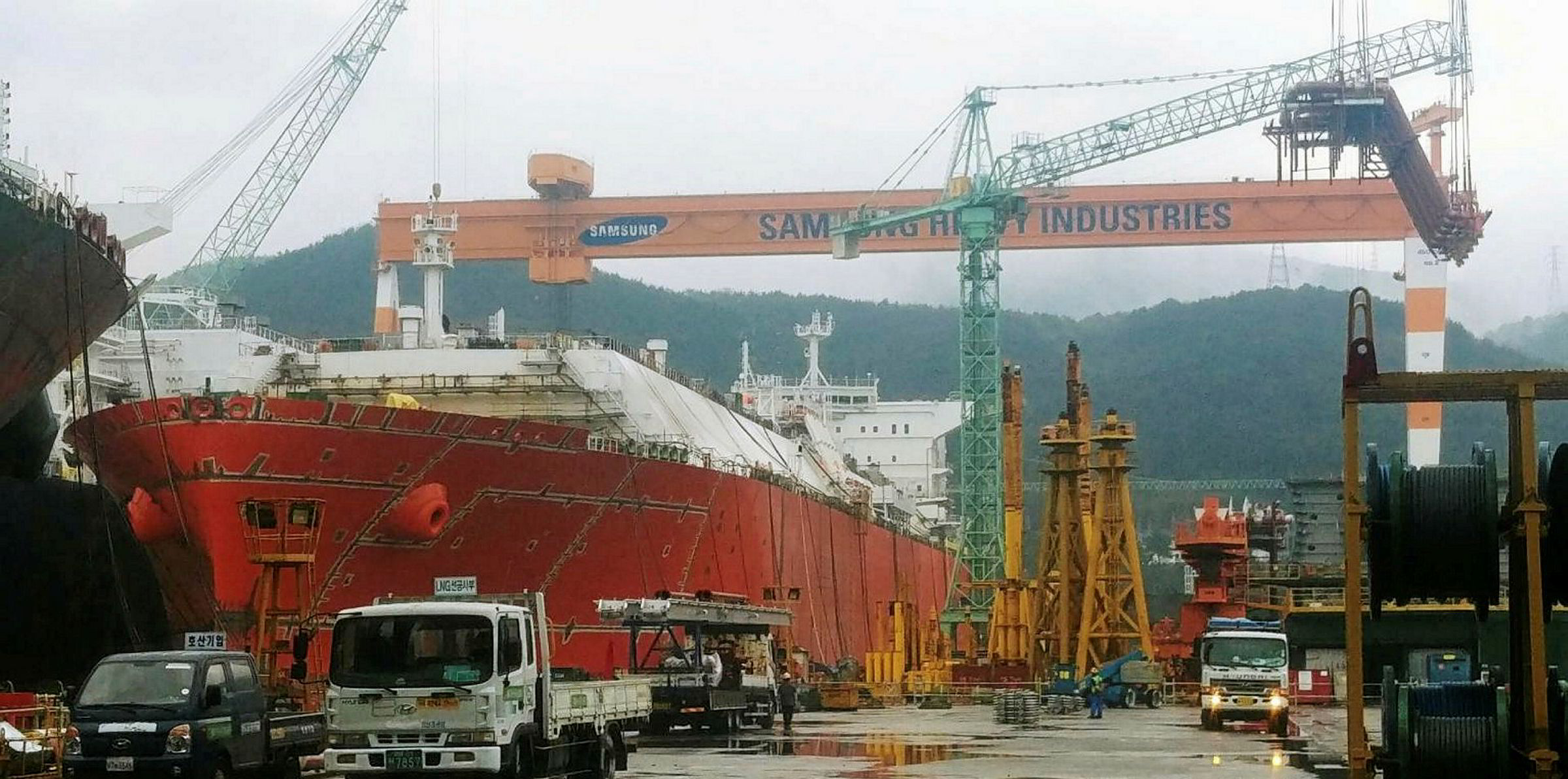Oil destocking, low US and Russian crude exports, and even global warming are expected to pressure aframax tanker earnings this year and next, according to Alphatanker.
Despite a large number of aframaxes being used as floating storage, spot earnings in this segment have been at multi-year lows in the past few weeks.
On the Baltic Exchange, time charter equivalent rates on Northern Europe routes had even dipped into negative territory in mid-June before a minor recovery.
“This underlines the strong negative impact that tepid tanker demand is currently having,” analysts at Alphatanker said in a weekly note.
Falling crude exports
Russia, the largest source of aframax demand globally, with cargoes being lifted from the Baltic, Black Sea and Pacific, has teamed up with Opec in a historic supply cut that will last until April 2022.
According to Alphatanker, Russia has opted to impose deep cuts on its sales to European destinations while keeping exports from Kozmino in its far east on an upward path for Asian demand.
“As crude supply dropped, Baltic exports plunged to 960,000 barrels per day (bpd) in June with aframax liftings cut by a third so that 44 aframaxes loaded in the Baltic in June compared with 62 in January,” the note said.
“It is a similar picture in the Black Sea where liftings also plummeted in the first half of 2020 so that exports are now 500,000 bpd lower than at the start of the year, although here the drop is shared between aframaxes and suezmaxes.”
An aframax loading from Kozmino was earning $13,500 per day more than one loading in the Baltic this week, according to Alphatanker, adding that the spread would remain wide for as long as Russian production remains constrained.
The US exports 70% on its aframaxes for reverse lightering or European and Latin American demand.
Increasing ship supply
But the Energy Information Administration has predicted that US crude production will average 11.6m bpd in 2020 and 10.8m bpd next year, compared with a record 12.9m bpd last November.
China may also lift more crude from the US as part of the two countries’ Phase-One trade deal, which will support VLCC demand but undercut aframax shipments, according to Alphatanker.
“Assuming that the Phase-One deal holds, as China imports more US crude and as US production declines, there will be less crude available for Europe to import, which will lead to a slump in aframax demand,” the consultancy's analysts noted.
On the supply side, Alphatanker expects the 60 aframaxes used to store oil will gradually be released back into trading as oil demand recovers.
“We forecast steep stock draws (around 7m bpd or 10 aframax-sized cargoes per day) which will replace a significant volume of crude import demand,” it said.
While net fleet growth is expected to be “largely flat” this year, 33 aframax newbuildings are scheduled to be delivered in 2021, according to Alphatanker. “This sees fleet growth accelerate again to 3.5%, its strongest since 2010.”
The only upside catalyst would be “weather delays and a healthy ice season in the Baltic”, said the Alphatanker note, adding: “However, considering the trajectory of global temperatures, we believe that the chance of a strong ice season diminishes further every year.
“We do not expect much improvement in rates across the third quarter and it is difficult to imagine that there will be the usual seasonal uptick to hire rates in the fourth quarter.”
Alphatanker analysts have predicted that aframaxes aged 15 years or less will achieve average TCE rates of $13,000 per day with still lacklustre demand.
“This will be below LR2 earnings which will remain supported by long-haul product trade, and thus we do not expect LR2s to ‘dirty up’ until at least end-2021.”







